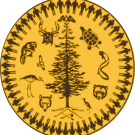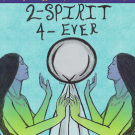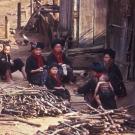Haudenosaunee Impact on the US Constitution
HSS 8.2, W.8.2, W.8.4, W.8.6, W.8.8This lesson on the Haudenosaunee Confederacy offers students a powerful opportunity to explore the roots of American democracy through the lens of Indigenous governance. Centered on the Great Law of Peace and the political structure of the Haudenosaunee Confederacy, the lesson emphasizes how Native ideas of unity, consensus, and leadership directly influenced the formation of the U.S. Constitution.


